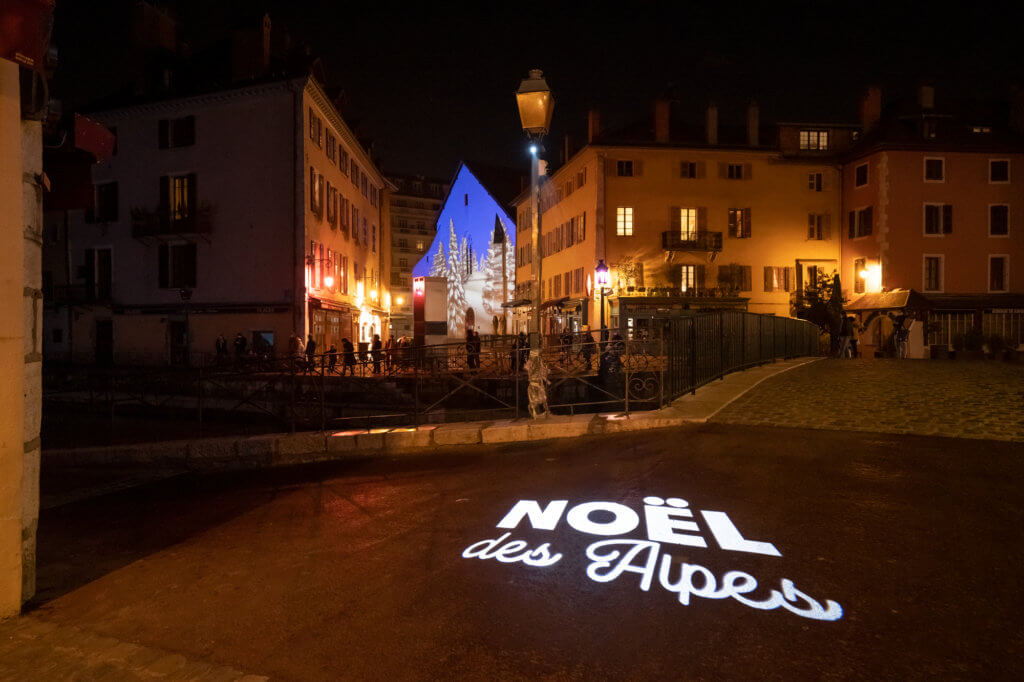What Does Gobo Mean in Lighting? Understanding the Role and Significance of Gobos in Illumination
What exactly does gobo mean in lighting?
In this article, we will explore the origins of the term gobo, its meaning in the context of lighting, and its role in creating stunning visual displays.
Origins of the Term Gobo
The term "gobo" is believed to have originated in the early 20th century in the theater industry. It is thought to be a contraction of the words "go between," referring to an object that is placed between a light source and the subject to control the direction and quality of light. Over time, the term gobo has become synonymous with the stencils or templates used to create specific lighting effects.
Meaning of Gobo in Lighting
In the context of lighting, a gobo is a stencil or template that is placed in front of a light source to control the shape, color, and direction of light. Gobos are commonly used in theatrical lighting, architectural lighting, and event lighting to create patterns, images, logos, or textures that are projected onto surfaces. By using gobos, lighting designers can create dynamic and visually striking lighting effects that enhance the overall atmosphere of a space.
Types of Gobos
There are several types of gobos used in lighting, each serving a different purpose and creating a unique effect:
Pattern Gobos:
Pattern gobos are used to project intricate patterns, shapes, or textures onto surfaces. These gobos are commonly used in theatrical lighting to create background scenery or add visual interest to a scene.
Logo Gobos:
Logo gobos are used to project company logos, slogans, or branding elements onto surfaces. These gobos are often used in corporate events, trade shows, and product launches to create a branded environment and reinforce brand identity.
Color Gobos:
Color gobos are used to add color to a scene or create a specific color effect. These gobos are often used in theatrical lighting to create mood lighting or simulate natural lighting conditions.
Texture Gobos: T
exture gobos are used to project textures, such as brick, foliage, or water, onto surfaces. These gobos are often used in architectural lighting to create a specific ambiance or enhance the visual appeal of a space.
Benefits of Using Gobos in Lighting
The use of gobos in lighting offers several benefits, including:
Creativity:
Gobos allow lighting designers to express their creativity and create unique lighting effects that enhance the overall atmosphere of a space.
Flexibility:
Gobos are versatile and can be easily changed or replaced to create different lighting effects for different occasions or events.
Control:
Gobos give lighting designers precise control over the shape, color, and direction of light, allowing them to create highly detailed and intricate lighting effects.
Cost-Effectiveness:
Compared to other lighting effects, such as LED walls or projection mapping, gobos are relatively inexpensive to produce and can be used with standard lighting fixtures.
Conclusion
In conclusion, the term gobo in lighting refers to a stencil or template used to control the shape, color, and direction of light. Gobos are an essential tool in lighting design, allowing designers to create dynamic and visually appealing lighting effects that enhance the overall atmosphere of a space. Whether used in theatrical lighting, architectural lighting, or event lighting, gobos play a crucial role in creating stunning visual displays that captivate audiences and create memorable experiences.


0 comments